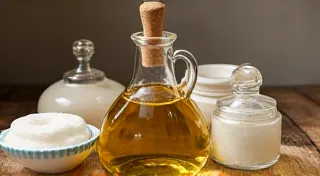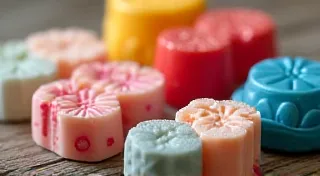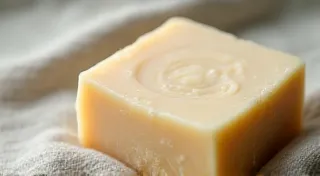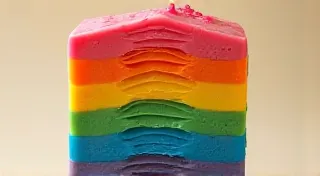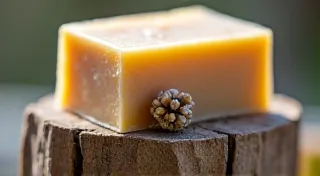Eco-Friendly Soapmaking: Sustainable Practices for a Better Planet
The growing popularity of artisan soapmaking isn't just about creating beautiful and luxurious bars – it's also about embracing a more sustainable lifestyle. Many soapmakers are now prioritizing eco-friendly practices, recognizing the impact traditional manufacturing processes can have on the environment. This article delves into practical ways you can make your soapmaking journey more sustainable, from ingredient sourcing to minimizing waste. Let's explore how you can create stunning, natural soap while caring for our planet.
Sourcing Sustainable Ingredients
The foundation of eco-friendly soapmaking lies in choosing ingredients that are ethically and sustainably sourced. Here's what to consider:
- Oils & Butters: Look for oils and butters that are certified organic, fair trade, and sourced from renewable resources. Palm oil, in particular, has been a significant environmental concern due to deforestation. Whenever possible, opt for palm-free alternatives like coconut oil, shea butter, cocoa butter, or olive oil. Research the farms and suppliers – transparency is key. Understanding the complexities of ingredient sourcing is crucial, and sometimes choosing the "best" option requires a deeper dive.
- Essential Oils: Essential oils are often derived from plants, and the farming practices can impact ecosystems. Look for suppliers committed to sustainable agriculture and responsible harvesting techniques. Consider using locally sourced essential oils to reduce transportation emissions. The beauty of natural fragrance is often tied to responsible farming.
- Natural Colorants: Synthetic dyes can release harmful chemicals into the water system. Instead, choose natural colorants like clays, herbs, spices, and plant powders. These not only add beautiful color but also offer potential skin benefits. Experimenting with natural colorants can be a truly artistic endeavor, and if you're curious about the wide range of possibilities, you might enjoy learning more about natural colorants for soap and how they can transform your creations.
- Sodium Hydroxide (Lye): While lye is an essential ingredient in soapmaking, research your supplier’s production methods to ensure minimal environmental impact.
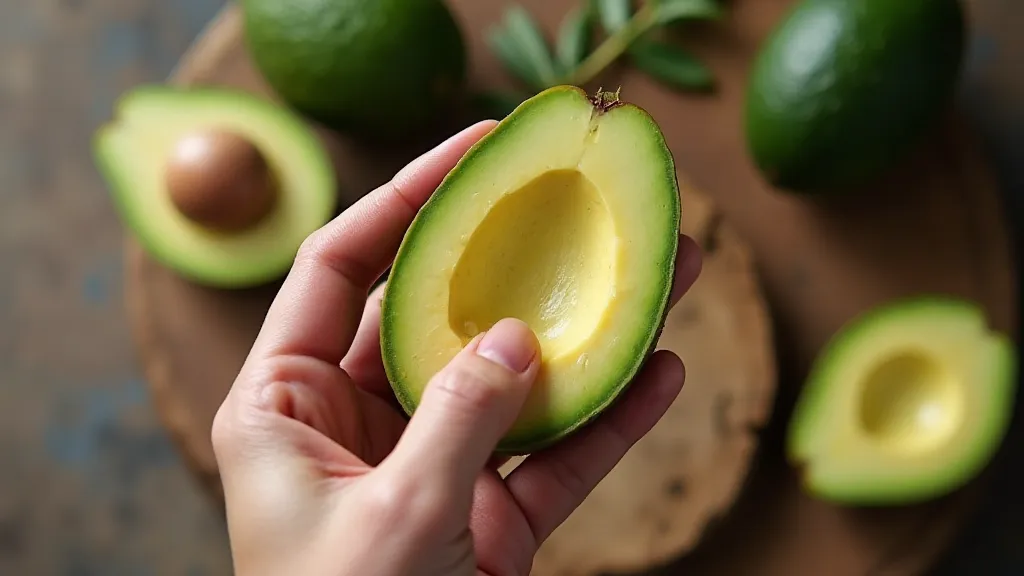
The considerations for ingredient selection go beyond just the ingredients themselves. Think about the entire lifecycle – from the seed to the soap. This holistic approach is vital to truly eco-friendly practices.
Reducing Waste in Your Soapmaking Process
Soapmaking can generate waste, but mindful practices can minimize its impact. Here’s how:
- Precise Measuring: Accurate measurements minimize excess ingredients that would need to be discarded. Use a digital scale for precision.
- Reusing Containers: Repurpose glass jars and plastic containers for storing ingredients, pouring soap, and organizing your workspace.
- Recycling & Composting: Recycle packaging materials whenever possible. Compost leftover plant matter used for colorants or exfoliants.
- Reducing Packaging: When selling your soaps, opt for minimal and eco-friendly packaging like recycled paper, biodegradable shrink wrap, or reusable fabric wraps. Consider offering package-free options where possible to truly minimize waste.
- Water Conservation: Soapmaking requires water for cleaning equipment. Consider using a small amount of water and reusing it when appropriate. The efficiency of your process can impact both your resources and your bottom line.
Beyond simply cutting back on waste, consider the overall efficiency of your soapmaking process. Can you streamline your workflow to use fewer resources? Can you find ways to repurpose or donate leftover materials? A more mindful approach to process improvement yields not just reduced waste, but a more satisfying and sustainable craft.
Minimizing Environmental Impact
Beyond ingredient sourcing and waste reduction, consider the broader environmental footprint of your soapmaking process:
- Energy Efficiency: Use energy-efficient appliances and lighting in your soapmaking space. Consider switching to renewable energy sources if possible.
- Water Treatment: Be mindful of the water used in your soapmaking process. Research local regulations regarding wastewater disposal and explore options for treating wastewater before release.
- Transportation: Source ingredients locally whenever possible to reduce transportation emissions. Supporting local businesses and farmers reduces the overall carbon footprint.
- Carbon Offset: Consider offsetting your carbon footprint by supporting environmental conservation projects.
Many soapmakers find that optimizing their processes involves more than just reducing waste – it's about enhancing the overall sustainability of their operation. This might involve exploring different techniques to reduce energy consumption or finding creative ways to utilize byproducts.
Accelerating Your Sustainable Soapmaking with Hot Process
Traditional cold process soapmaking can sometimes feel quite lengthy. While the patience is rewarding, if you're looking for a quicker route to soapmaking and perhaps streamlining some of your processes, hot process soapmaking offers a compelling alternative. This accelerated method can also sometimes lend itself to greater efficiencies in energy use, making it a worthwhile consideration for the eco-conscious soapmaker.
Embracing a Sustainable Mindset
Eco-friendly soapmaking is more than just following a list of practices; it’s about adopting a sustainable mindset. It’s about continually seeking ways to reduce your impact and contribute to a healthier planet. By embracing these practices, you can create beautiful, natural soaps that align with your values and protect the environment for future generations. It's a journey of continuous learning and adaptation.
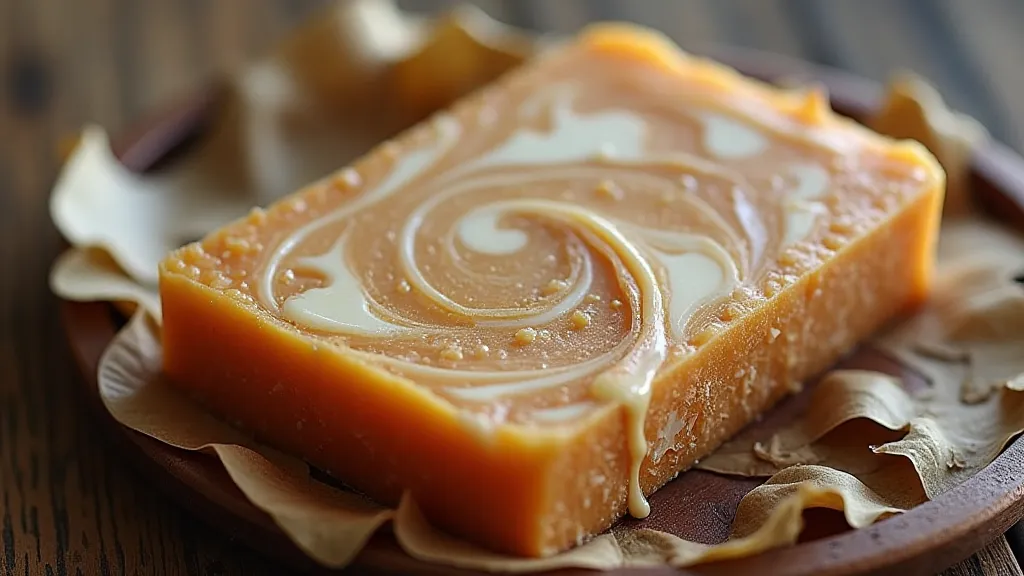
Design with Nature in Mind
The aesthetics of your soap can also reflect your commitment to sustainability. Consider the rustic soap designs that echo the natural world – earthy tones, woodsy textures, and botanical accents. These choices not only create visually appealing soaps but also reinforce the connection between your craft and the environment. It’s about creating a complete experience that resonates with your values.

Troubleshooting Your Soapmaking Journey
Sometimes, despite the best intentions, things don't always go as planned in the soapmaking process. Whether you're dealing with unusual textures, unexpected color variations, or other unexpected challenges, knowing how to troubleshoot common problems can not only save you time and ingredients but also enhance your overall learning experience. A deeper understanding of the process will ultimately support more sustainable practices.
Further Exploration
The journey to sustainable soapmaking is ongoing. Here are some resources to further explore:
- Research ethical and sustainable ingredient suppliers. Look for certifications like Fair Trade and organic.
- Learn about different soapmaking techniques that conserve resources, such as hot process soapmaking.
- Connect with other soapmakers who are committed to eco-friendly practices. Share knowledge and support one another.
- Consider the entire lifecycle of your products, from raw materials to packaging and disposal.
- Stay informed about evolving sustainability standards and regulations.
Sustainable soapmaking is a continuous journey. There’s always something new to learn and a better way to approach the process. By embracing the principles of sustainability and continually seeking improvement, you can create beautiful, natural soaps that nourish both the body and the planet.
